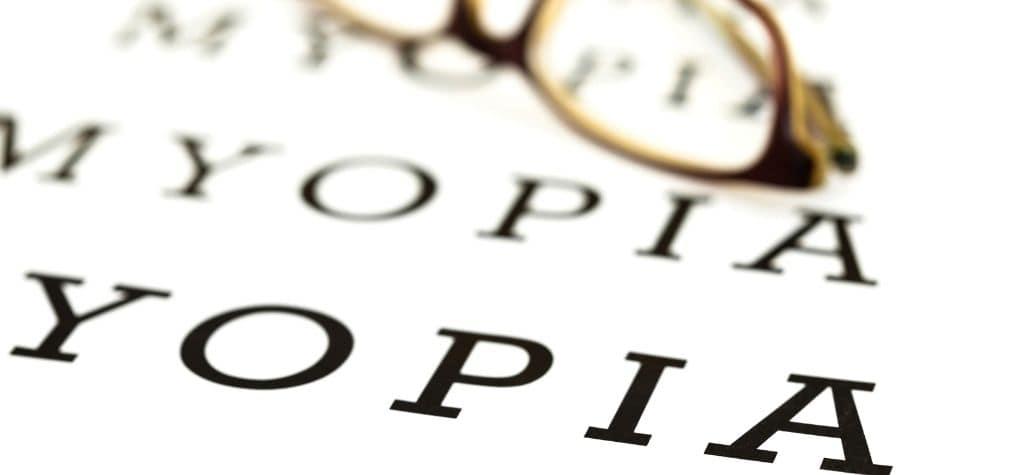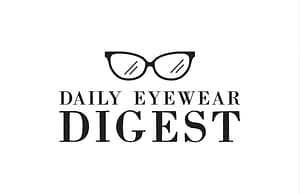It’s estimated that over 1 billion people around the world need prescription glasses but don’t have them. This isn’t just a medical issue—it’s a humanitarian crisis. In developing nations, poor vision often goes unrecognized, unaddressed, and untreated, leaving millions unable to learn, work, or live to their full potential.
Despite being one of the most easily solvable health problems, uncorrected vision remains a silent epidemic. A simple pair of glasses can change a life—yet barriers of cost, access, and awareness persist.
Understanding Refractive Errors and Their Impact

Refractive errors like myopia (nearsightedness), hyperopia (farsightedness), and astigmatism affect people of all ages. These conditions can usually be corrected with basic prescription glasses, yet in many regions, they remain undiagnosed.
The consequences are profound:
- In Children: Poor eyesight limits their ability to learn in school.
- In Adults: It affects job performance, mobility, and independence.
- In Seniors: It increases the risk of falls and social isolation.
Without glasses, these individuals face a diminished quality of life.
Statistics on Vision Impairment in Low-Income Countries
According to the World Health Organization:
- Over 90% of people with uncorrected vision live in low- and middle-income countries.
- In sub-Saharan Africa, up to 60% of vision impairment cases go untreated.
- In South Asia, children with poor eyesight are 30% more likely to drop out of school.
These numbers paint a stark picture of a crisis hiding in plain sight.
The Economic Consequences of Poor Vision
Vision loss leads to an estimated $400 billion in lost productivity annually worldwide. For families in developing nations, this can mean:
- Reduced income from adults unable to perform jobs requiring precision or reading.
- Increased healthcare expenses for preventable injuries or complications.
- Generational cycles of poverty due to missed educational opportunities.
Studies show that each dollar invested in vision correction can yield $4 in economic returns, making prescription glasses one of the most cost-effective interventions in public health.
Barriers to Accessing Prescription Glasses
Despite the transformative power of prescription glasses, several major barriers prevent widespread access in developing nations:
- Lack of Awareness: Many people don’t realize their vision is impaired or assume nothing can be done. In rural areas, basic vision screening is often unavailable.
- High Costs: Even if glasses are available, they may be priced beyond the reach of low-income families.
- Supply Chain Gaps: Remote regions often lack optical shops, and there’s limited infrastructure for transporting lenses and frames.
- Cultural Stigma: In some communities, wearing glasses is associated with weakness, aging, or “bad luck,” leading to resistance from both children and adults.
Addressing these issues requires coordinated educational campaigns and innovative service models.
Case Studies: Countries Facing Critical Vision Gaps

Let’s look at how this crisis plays out in different countries:
- India: With a large and young population, India is facing a rising tide of childhood myopia. Many children are undiagnosed due to a shortage of school vision programs.
- Nigeria: Urban centers may have some optical services, but rural areas remain underserved. Vision disparities are stark between cities and villages.
- Guatemala: Mobile eye clinics have emerged as a lifeline. Volunteers and NGOs travel to remote towns with basic tools to diagnose and distribute glasses on the spot.
These case studies highlight both the scope of the crisis and the solutions that are beginning to make an impact.
Grassroots and NGO Efforts Making a Difference
Several non-profits are leading the charge to end the vision crisis:
- VisionSpring: Works with governments and partners to sell low-cost reading glasses in rural areas.
- OneSight: Runs vision clinics and donates prescription glasses, especially in schools.
- Local Optometrists & Volunteers: In many places, local champions are stepping up to serve their communities, often with very limited resources.
These efforts show that change is possible—even on a shoestring budget.
Technological Innovations for Affordable Eyewear
Technology is playing a critical role in expanding access:
- Adjustable-Focus Glasses: These allow wearers to manually change lens power, eliminating the need for custom prescriptions.
- 3D-Printed Frames: Lower production costs make custom frames more affordable and scalable.
- Mobile Refraction Devices: Simple smartphone-based tools can quickly measure vision and recommend corrections, ideal for rural outreach.
These solutions are paving the way for scalable, sustainable eye care delivery in under-resourced areas.
Government and Policy-Level Interventions
Sustainable impact often requires government involvement:
- Vision Screening in Schools: Governments in countries like Rwanda and Ghana are incorporating vision tests into public education.
- Healthcare Integration: Eye care is beginning to be recognized as a vital part of primary healthcare.
- Public-Private Partnerships: Collaborations between governments and companies are helping distribute glasses more efficiently.
Policy interventions ensure that eye care is not just a charity initiative but a national priority.
The Role of Education in Driving Eyewear Adoption

Changing perceptions and increasing uptake requires education:
- In Schools: Teaching kids the importance of vision can create lifelong habits.
- Community Campaigns: Using local radio, posters, and influencers to dispel myths.
- Training Healthcare Workers: Equipping local clinics with tools to test and prescribe glasses expands access dramatically.
An educated public is far more likely to seek help, wear glasses, and advocate for others to do the same.
Sustainable Distribution Models for Glasses
For long-term success, eyewear distribution must be financially and logistically sustainable:
- Cross-Subsidy Models: Wealthier clients pay more so low-income clients can receive glasses for free or at reduced cost.
- Mobile Optical Shops: Converted vans and pop-ups bring eye care to underserved communities.
- Recycled Glasses Programs: Organizations like Lions Clubs International collect used glasses, refurbish them, and distribute them globally.
These models balance cost, access, and effectiveness in creative ways.
How Global Brands and Celebrities Are Raising Awareness
Major brands and public figures are lending their voices to the cause:
- Warby Parker: Donates a pair of glasses for every one sold.
- EssilorLuxottica: Runs large-scale vision programs in collaboration with NGOs.
- Public Figures: Celebrities like Bono and Oprah Winfrey have spoken out about the importance of clear vision as a human right.
These campaigns amplify visibility and encourage consumer engagement.
Measuring the Impact of Glasses Distribution Programs
To justify scaling up, programs need data:
- Educational Metrics: Improved test scores among children who receive glasses.
- Employment Data: Adults with corrected vision often see increased productivity.
- Health Outcomes: Reduced accidents and improved mental health among seniors.
These outcomes make a compelling case for global investment in vision care.
The Future of Eye Care in Developing Regions

What lies ahead?
- AI-Powered Diagnostics: Apps that can diagnose refractive errors without a trained professional.
- Community-Based Solutions: Training locals as eye care workers ensures cultural alignment and sustainability.
- Recognition of Vision as a Human Right: International bodies are increasingly classifying vision correction as essential health care.
If the momentum continues, we may soon see a future where everyone, everywhere, has access to the glasses they need.
Tips for Getting Involved and Supporting the Cause
Want to make a difference?
- Donate to Vision-Focused NGOs: Your dollars go a long way in low-income settings.
- Recycle Your Old Glasses: Many groups collect and refurbish them.
- Host or Support a Vision Drive: Help organize screenings in schools or communities.
- Spread the Word: Awareness is the first step to solving the problem.
Every action counts in restoring sight and changing lives.
Conclusion: Turning the Tide on the Vision Crisis
Prescription glasses may be small, but their impact is enormous. In developing nations, a simple pair of lenses can mean the difference between poverty and opportunity, isolation and independence. Solving this silent crisis isn’t just about health—it’s about human dignity and global equity.
FAQs
1. Why is access to glasses such a big issue in developing nations?
Barriers like cost, lack of awareness, and limited supply chains prevent millions from getting the glasses they need.
2. How do glasses improve education outcomes?
Children with corrected vision are more likely to stay in school, perform better academically, and build brighter futures.
3. Are there affordable alternatives to prescription glasses?
Yes, technologies like adjustable-focus glasses and reading glasses offer cost-effective solutions.
4. What’s being done to train local eye care workers?
NGOs and governments are investing in training programs to build local capacity and reduce dependence on external aid.
5. Can donating old glasses really help?
Absolutely! Refurbished glasses are matched to recipients through lensometry, making them highly useful in vision missions.
6. How can I contribute to solving this crisis?
Donate, volunteer, advocate, or simply share information—every bit helps spread awareness and increase access to vision care.

